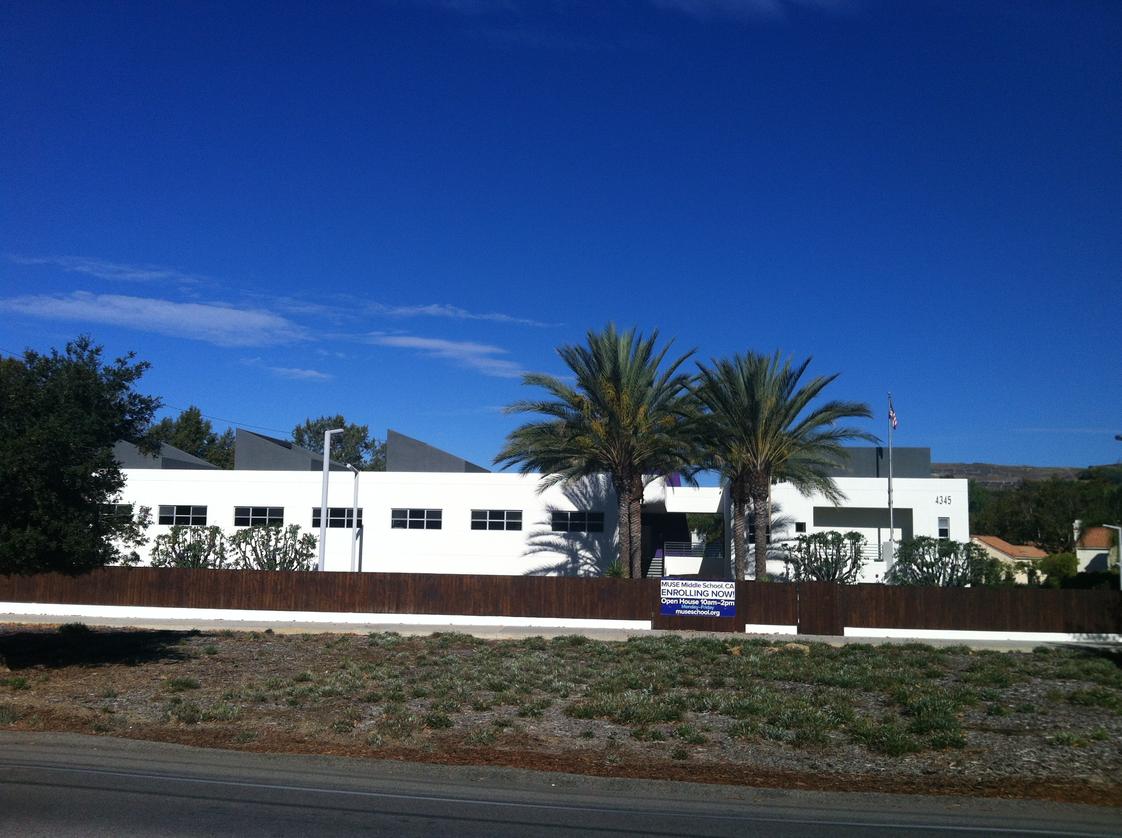For the 2025-26 school year, there are 4 private elementary schools serving 1,535 students in Calabasas, CA.
The top ranked private elementary schools in Calabasas, CA include Qualia: The School for Deeper Learning and Viewpoint School.
The average acceptance rate is 55%, which is lower than the California private elementary school average acceptance rate of 81%.
Top Ranked Calabasas Private Elementary Schools (2025-26)
School
Location
Quick Facts
4345 Las Virgenes Road
Calabasas, CA 91302
(310) 478-9900
Calabasas, CA 91302
(310) 478-9900
Gr: 4-12 | 40 students Avg. class size: 5 students Tuition & acceptance rate listed
Viewpoint School
(2)
23620 Mulholland Hwy
Calabasas, CA 91302
(818) 591-6580
Calabasas, CA 91302
(818) 591-6580
Gr: K-12 | 1,159 student Avg. class size: 16 students Sports: 16 Tuition & acceptance rate listed
1666 Las Virgenes Canyon Road Calabasas, CA 91302
Calabasas, CA 91302
(818) 880-5437
Calabasas, CA 91302
(818) 880-5437
Gr: PK-12 | 218 students Avg. class size: 18 students Sports: 2 | Extracurrculars: 1 Tuition listed
Frequently Asked Questions
What are the top ranked private elementary schools in Calabasas, CA?
The top ranked private elementary schools in Calabasas, CA include Qualia: The School for Deeper Learning and Viewpoint School.
How many private elementary schools are located in Calabasas?
4 private elementary schools are located in Calabasas.
Recent Articles

Student Success Predictors at Community Colleges
A practical guide to student success predictors at community colleges for private school advisors helping graduates navigate two-year pathways.

Career Pathways with Community College for Private School Grads
Explore top career pathways with community college for private school graduates, including high-demand jobs, transfer options, and 2025 workforce trends.

Navigating the FAFSA & Financial Aid Timeline for Community College
Learn how to navigate FAFSA and financial aid timelines when starting at community college — from application to disbursement in 2025.






